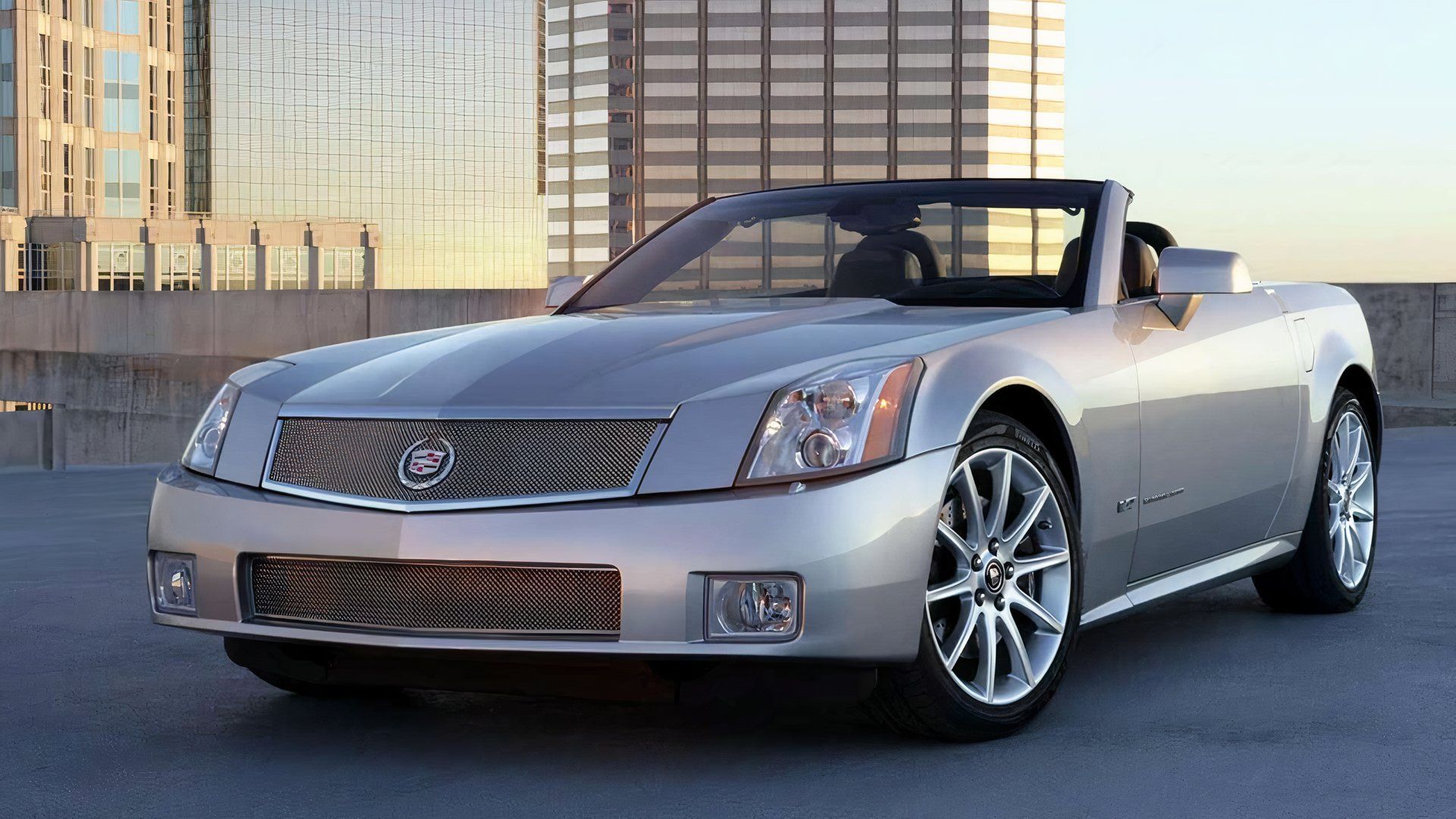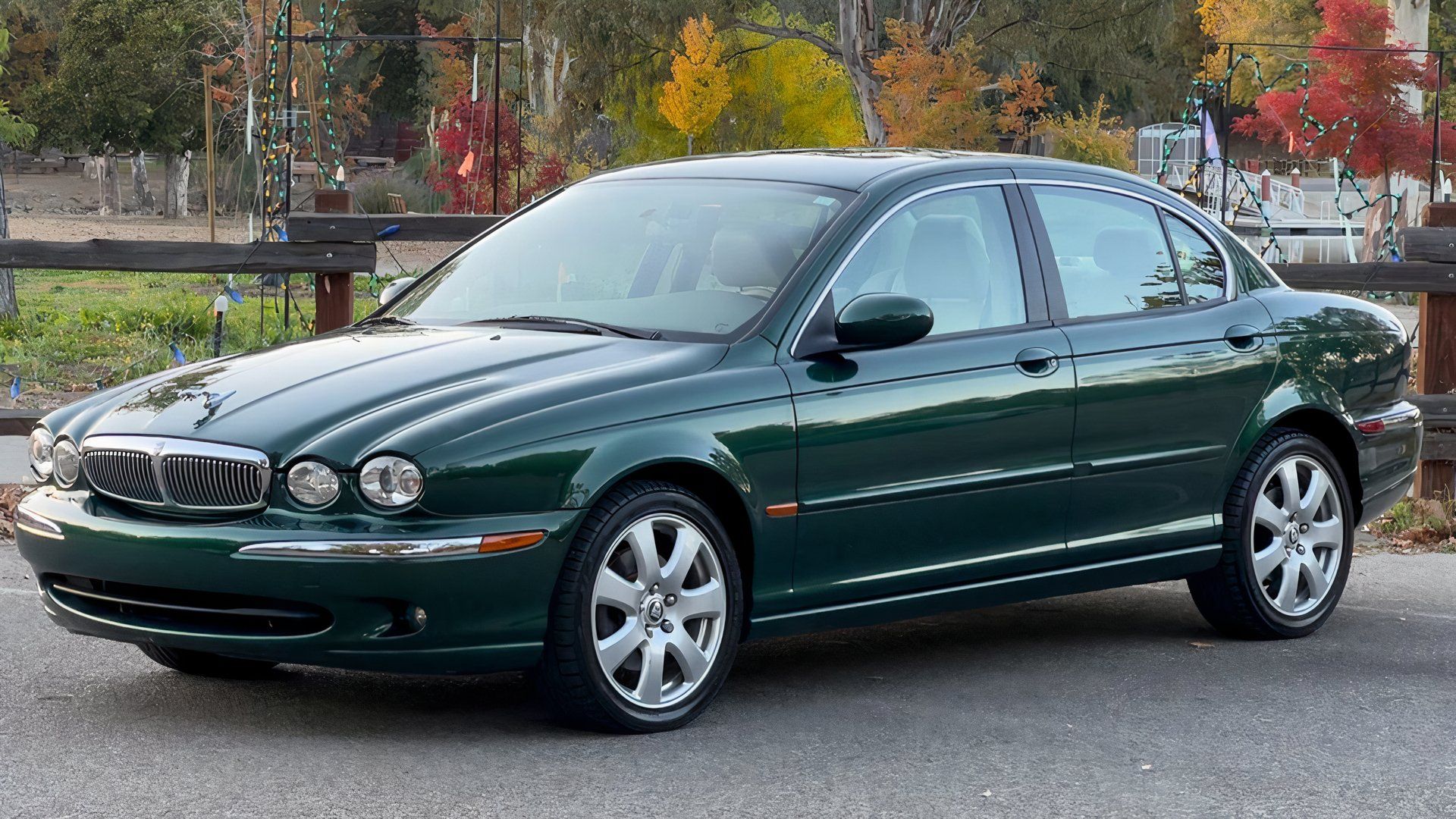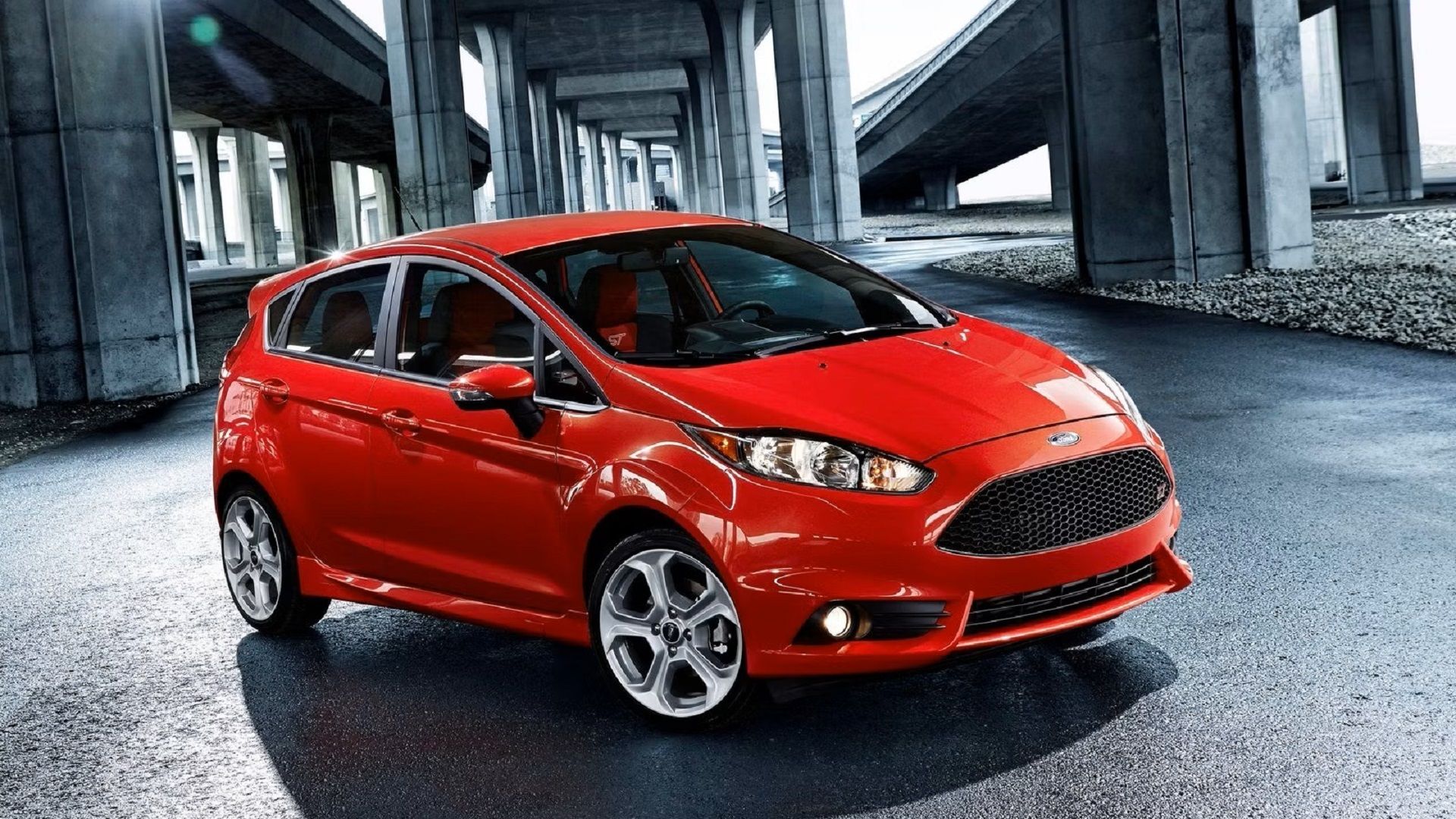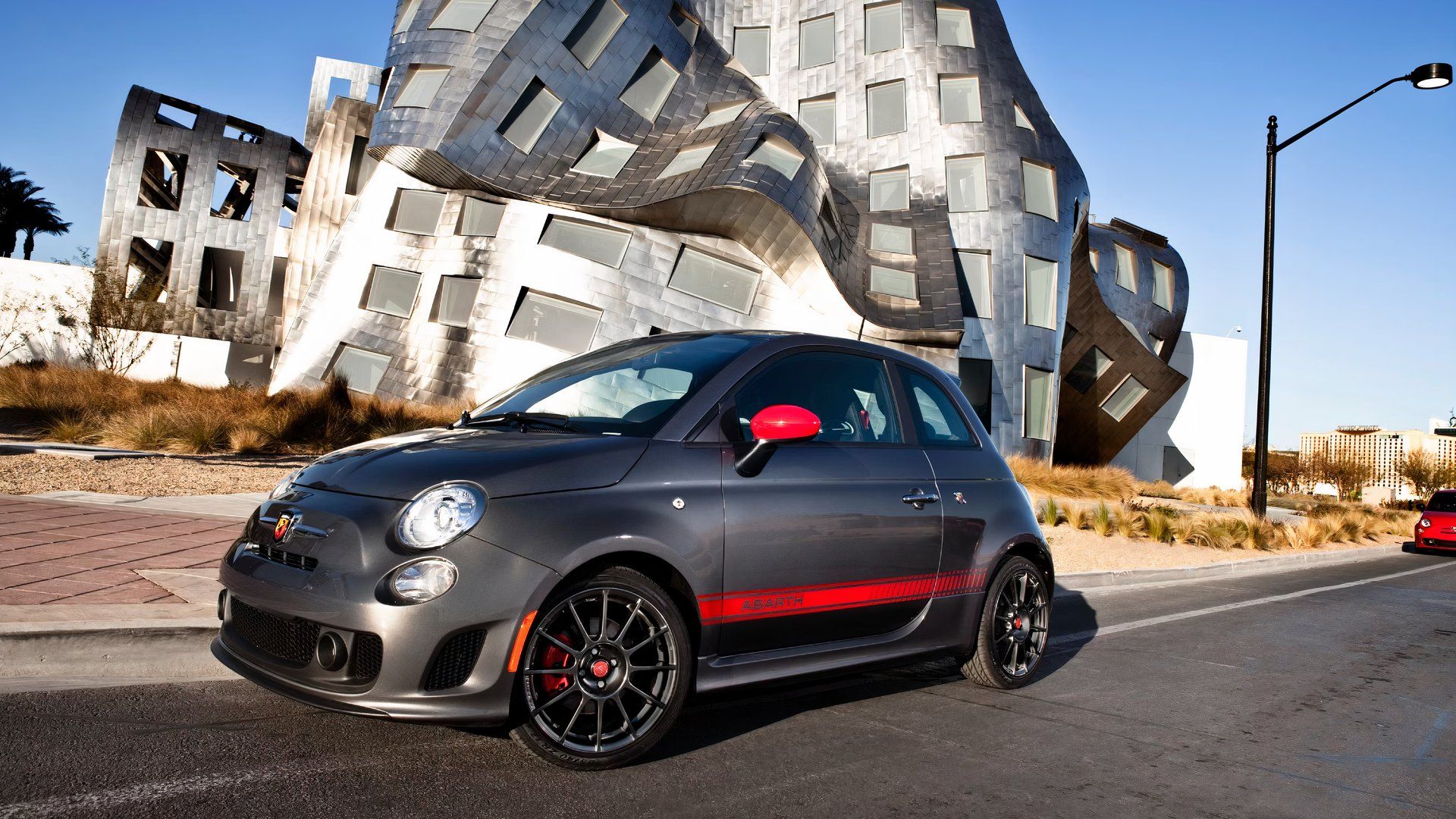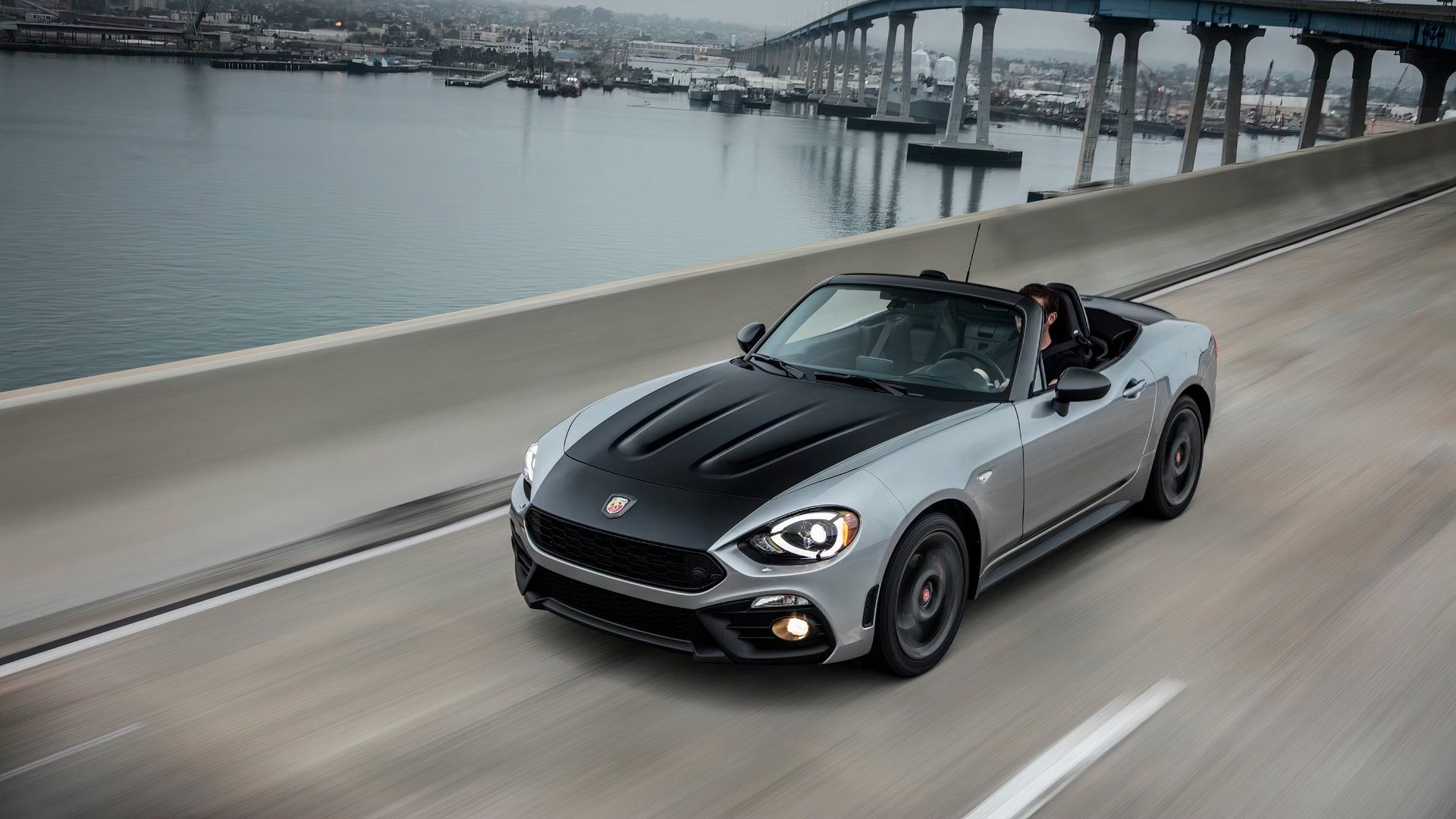It isn’t easy to take a chance on something no one else has tried before in performance automotive engineering. Proven successes are easier to replicate, but truly novel ideas are few and far between. Yet, like any business, taking calculated risks is part of the process. Yet, sometimes, automakers just get the recipe for success flat-out wrong.
Although sports cars don’t tend to be the primary cash cow segment for most major automakers, the expectation of a positive return is no different. Unfortunately, there are a lot of great ideas that sound like they would make a lot of money on paper, but end up being financial disasters, most of the time, because of poor execution. Thus, join us as we document ten cars that could have been the next big thing, but flopped instead.
To give you the most up-to-date and accurate information possible, the data used to compile this article was sourced from various manufacturers and other authoritative sources, including Porsche, BMW, and Fiat. The models below have been ranked chronologically.
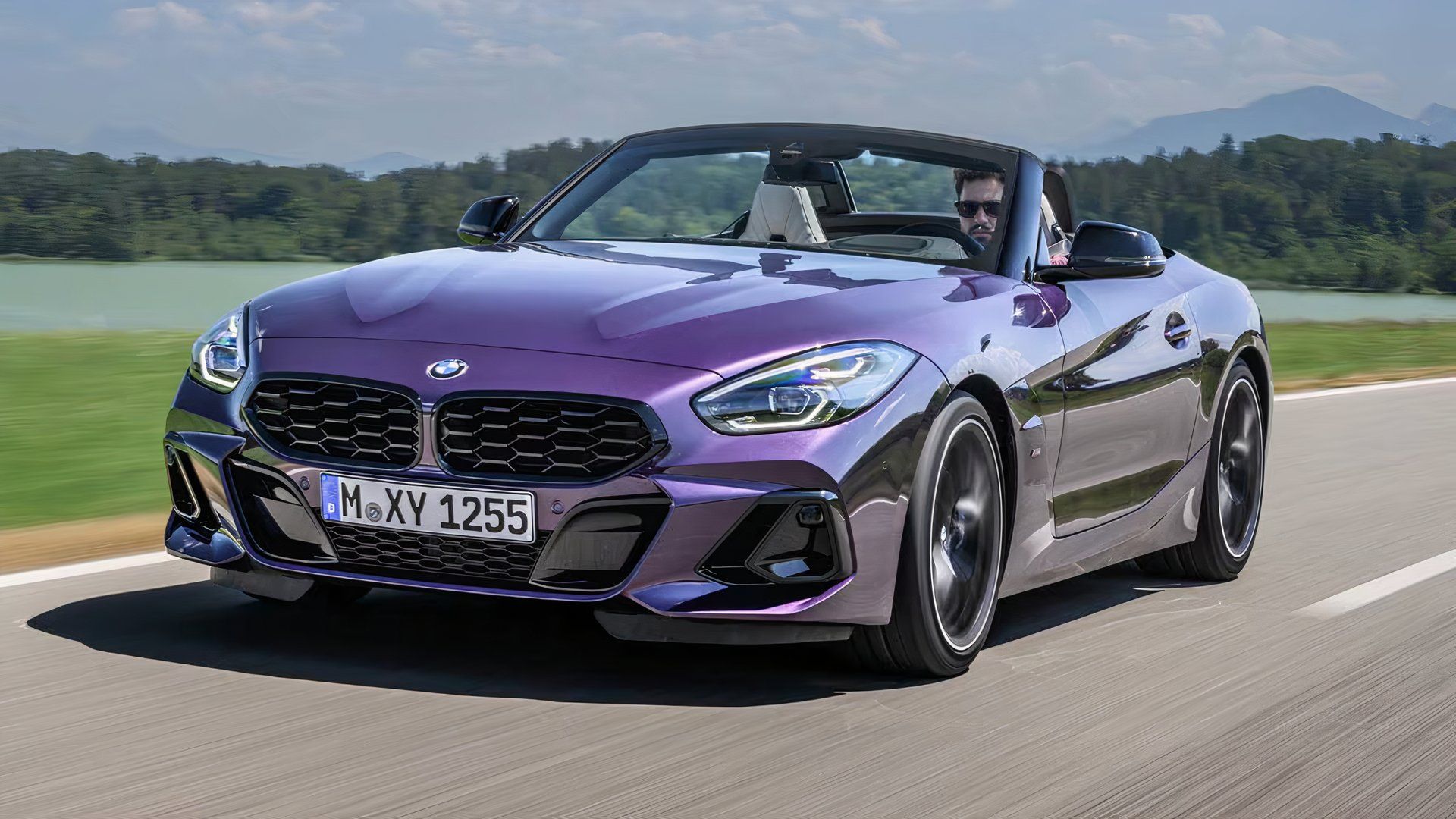
Related
10 Underrated Sports Cars That Are Definitely Worth Buying
Sports cars are often synonymous with flashy price tags and mainstream icons, but some hidden gems offer exhilarating performance and unique style.
10
1986 Porsche 928 S
Horsepower Rating: 288
First up is the car that was supposed to be the successor to the Porsche 911, the Porsche 928 (1978-1995). Porsche’s first mistake with the 928 grand tourer was thinking they could ever make a better Porsche than the iconic 911 model. Porsche Cayman jokes aside, back in the 1970s, Porsche was facing the looming possibility of bankruptcy, and the 928 was set to be their ticket out of financial ruin. The 928 was Porsche’s attempt at making a more conventional front-engine V-8-powered RWD sports car that offered broader appeal than the 911 by offering features like a Porsche-first three-speed automatic transmission (borrowed from Mercedes).
1986 Porsche 928 Performance Specifications
|
Engine |
5.0-liter V-8 |
|
Transmission |
5-speed manual or 3-speed automatic |
|
Horsepower |
288 hp |
|
Torque |
302 lb.-ft. |
|
Driveline |
RWD |
|
0-60 MPH |
5.7 seconds |
|
Top Speed |
154 mph |
The problem was that the 928 was big and heavy, and Porsche enthusiasts were not ready for a two-door Panamera back in the 1980s. 928 sales only topped 5,000 in 1979 and 1984, and in the last year of production, 1995, only 77 units sold. The 928 was never destined for success because there was a vehicle called the Chevrolet Corvette that offered comparable performance and style for a fraction of the price.
9
2002 Lexus SC430
Horsepower Rating: 279
Next up on our list is the second generation of the Lexus SC grand tourer (2001-2010). Back in 2012, Top Gear once made a special episode called “The Worst Car in the History of the World”, featuring a list of twelve hand-picked terrible vehicles. The unfortunate winner of that competition was the second-generation Lexus SC 430, which the British crew deemed downright terrible in every possible metric. To make matters worse, we have to agree.
2002 Lexus SC430 Performance Specifications
|
Engine |
4.3-liter V-8 |
|
Transmission |
5-speed or 6-speed automatic |
|
Drivetrain |
RWD |
|
Power |
279 hp |
|
Torque |
317 lb.-ft. |
|
0-60 mph |
6.2 seconds |
|
Top Speed |
130 mph (limited) |
This is the car where Lexus got everything wrong, from the styling to the performance. Sales peaked in 2002 with over 25,000 units sold, but dramatically fell from there year-to-year, leading to an all-time low of only 720 units sold in 2009. Looking on the bright side, the SC’s spiritual successor, the drop-dead gorgeous Lexus LC500, is perhaps the greatest glow-up of all time.
8
2006 Cadillac XLR-V
Horsepower Rating: 443
Next up is the only generation of the Cadillac XLR-V Roadster (2006-2009). A luxury-styled Corvette with a supercharged V-8, what’s not to love? While the Cadillac XLR-V seems like the perfect ingredient for a luxury roadster, it never lived up to its lofty expectations. The Northstar Cadillac V-8, despite supercharging, was nowhere near as good as an LS3 V-8 engine and suffered from unreliability and high running costs.
2006 Cadillac XLR-V Performance Specifications
|
Engine |
4.4-liter supercharged V-8 |
|
Transmission |
6-speed automatic |
|
Horsepower |
443 hp |
|
Torque |
414 lb.-ft. |
|
Driveline |
RWD |
|
0-60 MPH |
4.6 seconds |
|
Top Speed |
155 mph (limited) |
The XLR-V was also about 600 pounds heavier than a Corvette and did not offer a manual transmission. The electrical system? A nightmare you didn’t think about before a midlife crisis unwillingly forces you into this vehicle. The taillights? We won’t even get into that. Do yourself a favor and buy a C6 Chevy Corvette instead.
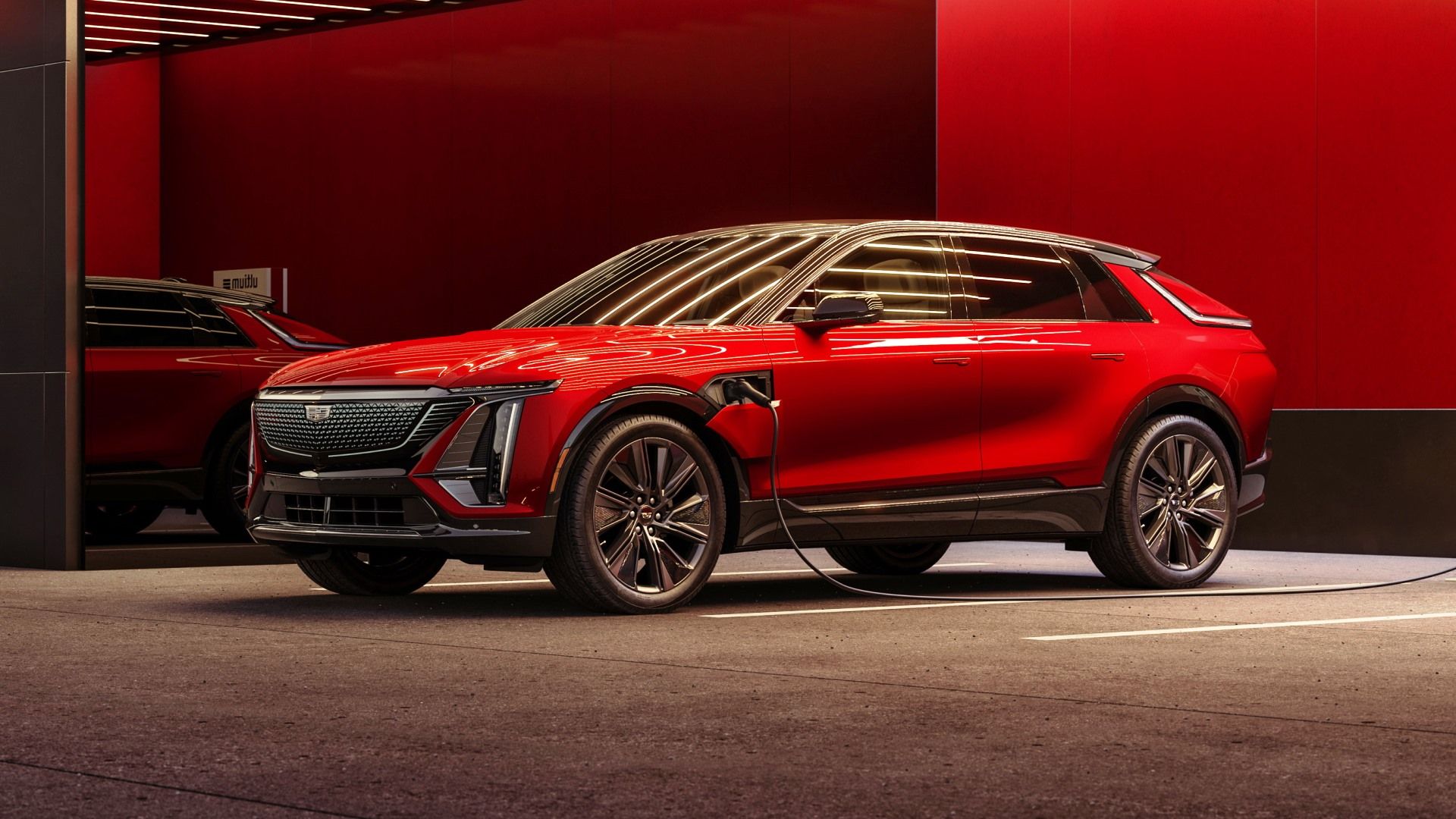
Related
Here’s How Expensive A Fully Loaded 2025 Cadillac Lyriq Can Get
The Cadillac Lyriq is one of the most striking luxury electric SUVs out there, and how much you’ll pay when it’s fully loaded to the brim.
7
2006 Chrysler Crossfire SRT-6
Horsepower Rating: 300
Next up is another high-powered American sports car that didn’t live up to expectations, the sole generation of the Chrysler Crossfire SRT-6 (2005-2006). Back during the DaimlerChrysler era (1998-2007), this two-seater sports car was a collaborative effort between the American/German superbrand.
The Crossfire was intended to be an American SLK roadster, sharing 39 percent of its parts with its German counterpart. Unique was the post-modern Art Deco design, which, at the time, was one of the Crossfire’s few redeeming qualities. The styling has aged somewhat finely, but the high-powered SRT-6’s power output still feels like the Crossfire’s overall best accomplishment.
2006 Chrysler Crossfire SRT-6 Performance Specifications
|
Engine |
3.2-liter supercharged V-6 |
|
Transmission |
5-speed automatic |
|
Horsepower |
330 hp |
|
Torque |
310 lb.-ft. |
|
Driveline |
RWD |
|
0-60 MPH |
5.1 seconds |
|
Top Speed |
154 mph (limited) |
Less than 2,500 SRT-6 Coupes and 1,400 SRT-6 Roadsters were produced during their short-lived two-year run. Nowadays, your Mercedes dealer will reject you at the check-in if you try and show up with a Crossfire. The Chrysler dealership also has no idea what to do with one, so you’d better get familiar with your local specialty mechanic. Because of their rarity, these limited models cost more than the car they are cloning, the SLK 32 AMG. Unless this is your favorite-looking car ever, you are better off sticking to the original SLK unless you enjoy additional complications as part of your life.
6
2006 Pontiac GTO
Horsepower Rating: 400
Next up is an American captive import, the third-generation Holden Monaro, aka the Pontiac GTO (2004-2006). Performance-wise, the short-lived Pontiac GTO isn’t one to scoff at. The LS2 engine that was offered starting in 2005 is a very capable power unit, and the GTO needed every horsepower possible to overcome its significant weight penalty. Yet, the GTO’s performance was overshadowed by its high price when new and conservative styling was introduced.
2006 Pontiac GTO Performance Specifications
|
Engine |
6.0-liter V-8 |
|
Transmission |
6-speed manual or 4-speed automatic |
|
Horsepower |
400 hp |
|
Torque |
400 lb.-ft. |
|
Driveline |
RWD |
|
0-60 MPH |
4.8 seconds |
|
Top Speed |
155 mph (limited) |
Despite being a high-octane RWD sports coupe, the GTO looked very bland compared to the rest of the domestic V-8-touting competition, like the Ford Mustang. If GM North America had taken a bit more care to make an aggressive design befitting of the quality of the GTO’s performance, this American sports coupe would be remembered in a different light. Alas, only about 41,000 units were produced in the GTO’s three-year span, leaving us wondering “what if” GM had gotten this one right.
5
2005 Jaguar X-Type 3.0
Horsepower Rating: 228
Next up is the only generation of the Jaguar X-Type (2002-2009). 2025 is not the first time Jaguar has had an identity crisis. Back in the 2000s, Jaguar was owned by Ford. The American brand thought it could leverage the British luxury brand’s nameplate to compete with the likes of BMW and Mercedes with a new entry-level model dubbed the X-Type. The X-Type was supposed to help Jaguar branch out and expand the company’s customer base, but it didn’t succeed in any of those goals. While there was nothing fundamentally wrong with the X-Type, it never offered any exceptional qualities either.
2005 Jaguar X-Type 3.0 Performance Specifications
|
Engine |
3.0-liter V-8 |
|
Transmission |
5-speed manual or 5-speed automatic |
|
Horsepower |
228 hp |
|
Torque |
206 lb.-ft. |
|
Driveline |
FWD |
|
0-60 MPH |
7.1 seconds |
|
Top Speed |
146 mph |
A major indisputable issue was that the X-Type looked like any other Jaguar of the past, with no real distinct features, and as a result, was boring and generic. Yet, the numbers speak for themselves. The brand had projected another goal of 100,000 units a year, but in eight years of production, only about 350,000 units were sold, less than half their original projections. In 2005, the Jaguar X-Type only sold about 11,000 units, while the BMW E46 3-Series sold over 107,000 units in the same year, ’nuff said.
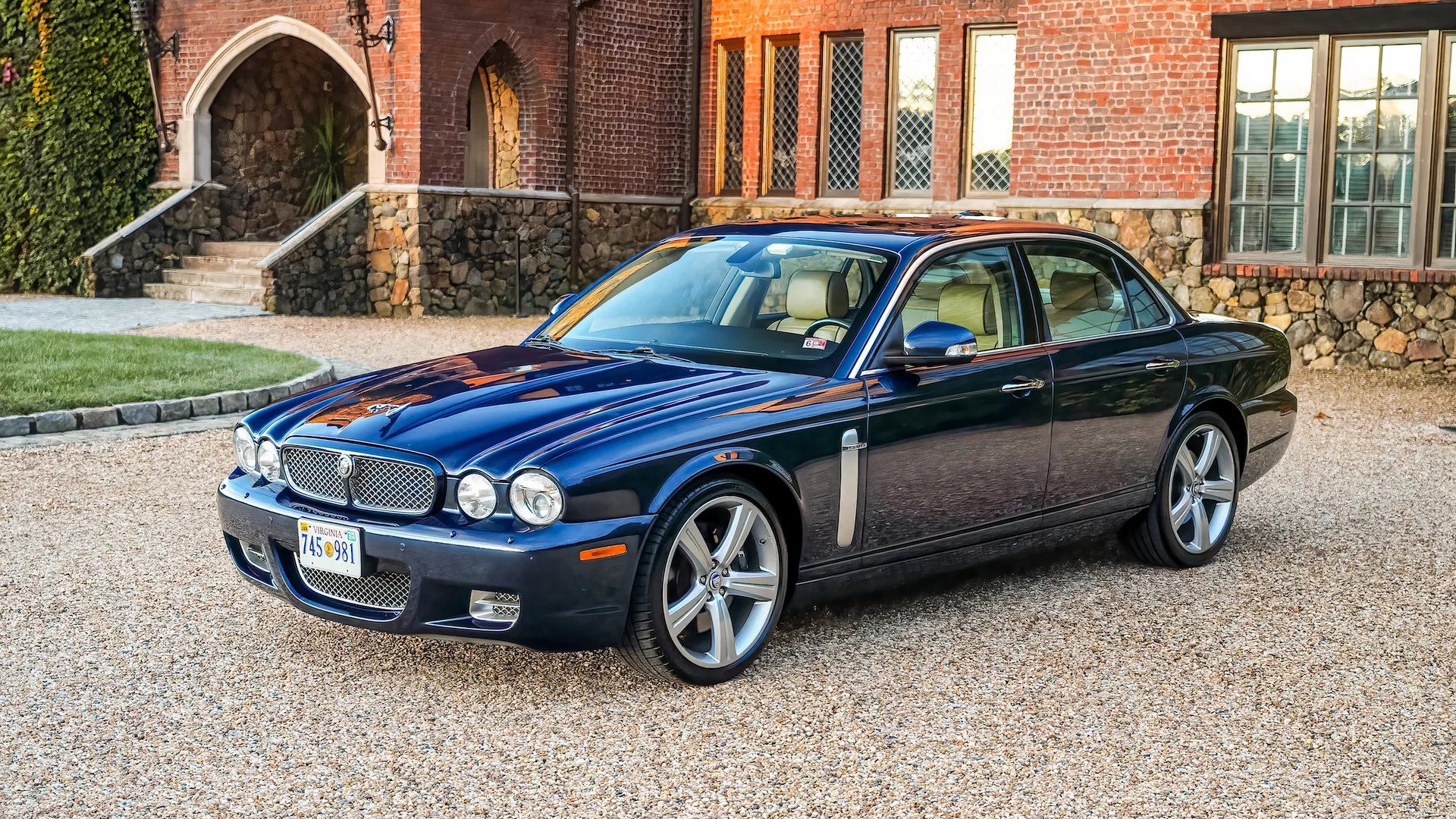
Related
Jaguar Legends: 10 Models That Left An Indelible Mark
Take a look at the range of models that took Jaguar from a racing builder and luxury automaker to the elite end of the supercar world.
4
2014 Ford Fiesta ST
Horsepower Rating: 197
Next up is the sixth-generation of the Ford Fiesta ST hot hatch (2014-2020). On paper, you’d assume that the Ford Fiesta ST is the perfect budget turbocharged hot hatch ever made. What’s not to love about the cute Ford: a super-compact chassis, a six-speed manual, hatchback practicality, and a zippy boosted engine. All for a low price as well! The problem is, most owners report a mixed bag regarding upkeep and maintenance.
2013 Ford Fiesta ST Performance Specifications
|
Engine |
1.6-liter turbocharged inline-four |
|
Transmission |
6-speed manual |
|
Horsepower |
197 hp |
|
Torque |
202 lb.-ft. |
|
Driveline |
FWD |
|
0-60 MPH |
7.0 seconds |
|
Top Speed |
143 mph (limited) |
You may either have a Fiesta ST experience filled with joy (as the name implies) or one filled with repair bills and inconsistency. Tune it or not, the little turbo engine will explode one way or another after 100,000 miles. This is a large contributing reason why these are almost non-existent on the road despite their budget prices. Our guilty pleasure is that we still want one regardless. Our suggestion is to spend as little as possible as you can on one. Found one that sounds like a good deal at $8,000? Offer $6,000. No luck? Keep searching.
3
2014 BMW i8
Horsepower Rating: 357
Some sports cars are failures, and then there is the BMW i8 (2014-2020). We often use the phrase “this car was ahead of its time” too loosely. This is not one of those cases. The post-modern BMW i8 hybrid sports car is a car that was a decade ahead of the curve, and this was the time when the early bird did not get the worm. Instead, the early bird was ridiculed by its peers and shamed for failing to “read the room”. By some miracle, over 20,000 units were sold in the i8’s six-year run, which made the BMW hybrid the best-selling plug-in hybrid sports car ever made, even today.
2014 BMW i8 Performance Specifications
|
Engine |
1.5-liter turbocharged inline-three + two electric motors |
|
Transmission |
6-speed automatic |
|
Horsepower |
357 hp (combined) |
|
Torque |
420 lb.-ft. |
|
Driveline |
AWD |
|
0-60 MPH |
4.0 seconds |
|
Top Speed |
155 mph (limited) |
The problem was that the BMW i8 was competing in a market that it had exclusively pioneered and that nobody else participated in. In the end, the BMW i8 suffered because it was too extreme and too expensive for a casual sports car owner (it was over $125,000 new). Yet, in 2025, the BMW i8 has aged amazingly well, and its outlandish futuristic design feels perfect despite its age.
Did we mention it drives like an actual sports car? The BMW i8 may be a financial failure, but the execution of its neo-modern vision is not. We’d go out on a limb to say there is still no car in its price range ($40,000-$60,000) that can compete with the wow-factor level found in the BMW i8, and we love it despite its lack of critical acclaim.
2
2015 Fiat 500 Abarth
Horsepower Rating: 160
Next up on our list is the Fiat 500 Abarth (2011-2020). The Fiat 500 Abarth is the perfect vehicle for the deranged enthusiast who still thinks a Fiesta ST is too large a vehicle. Not quite as compact as a motorcycle but close, the 500 Abarth was supposed to be the FWD Miata of the future for people who have a personality. Yet, despite its appealing features and quirky styling, the 500 Abarth left us within a very short timeframe with fewer units than you’d imagine.
2015 Fiat 500 Abarth Performance Specifications
|
Engine |
1.4-liter turbocharged inline-four |
|
Transmission |
6-speed automatic or 5-speed manual |
|
Horsepower |
160 hp |
|
Torque |
170 lb.-ft. |
|
Driveline |
FWD |
|
0-60 MPH |
6.9 seconds |
|
Top Speed |
135 mph (limited) |
Sales of the Fiat 500 peaked in 2012 with 46,999 units and have dramatically tapered off since. By the final year of 2020, only 674 Fiat 500 models were sold, and you can imagine only a fraction were Abarth models. In the end, the 500 Abarth’s nail in the coffin was that it was shockingly overpriced when new ($32,000 in 2015) and that you’d be lucky if the turbo-four engine lasted 100,000 miles. This doesn’t change the fact that they are absurd fun, but we’d still low-ball even if we found one at a sub-$5,000 price. Sorry, don’t hate the player, hate Fiat.
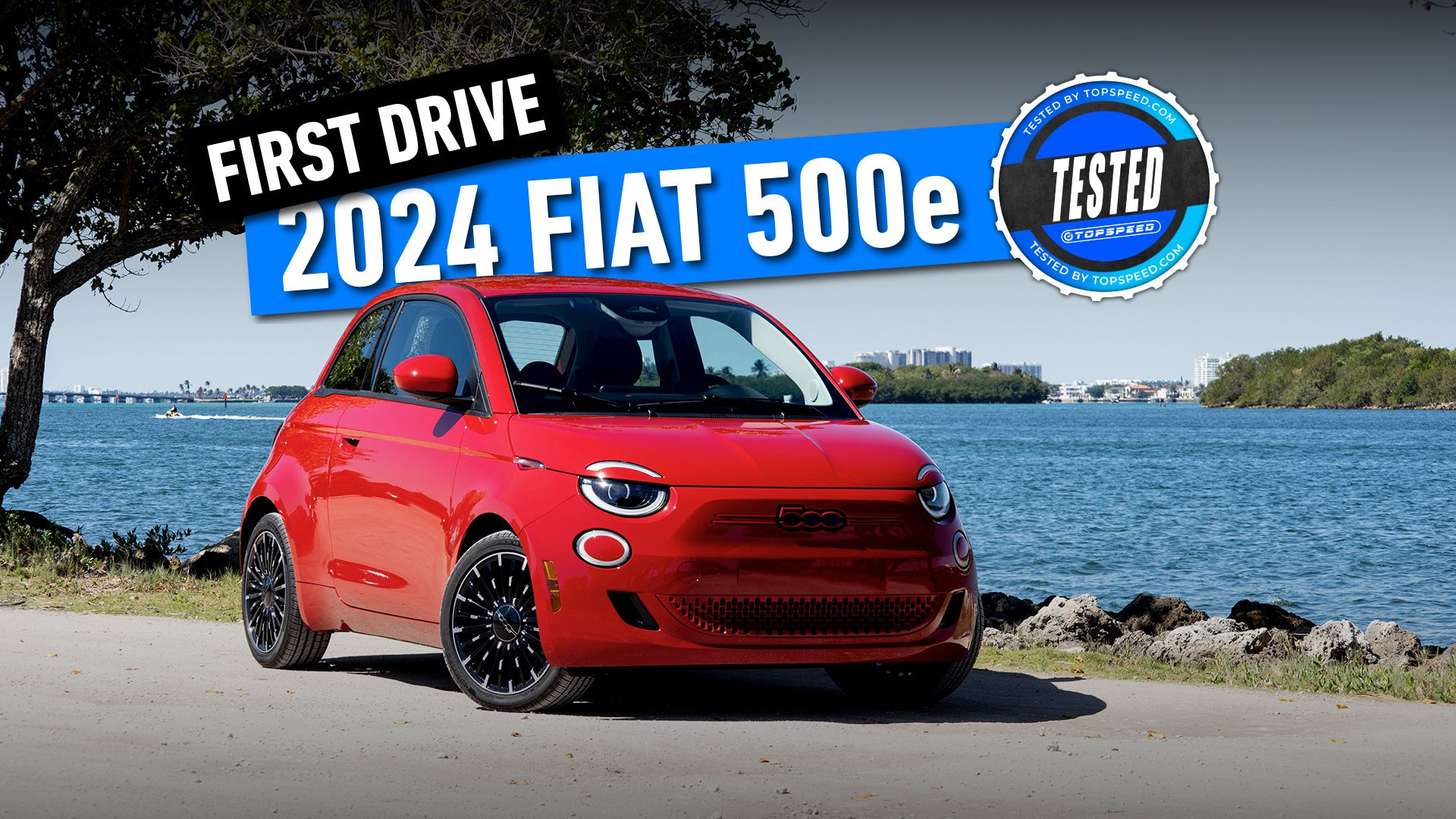
Related
2024 Fiat 500e First Drive: One Of The Most Refreshing EVs I’ve Driven In Years
The Fiat 500e proves that electric vehicles make a lot more sense when they’re packaged in a small-footprint format.
1
2018 Fiat 124 Spider Abarth
Horsepower Rating: 164
Last up on our list is the only generation of the Fiat 124 Spider Abarth (2016-2021). Fiat would be the greatest automaker in the world if the goal were to sell as few vehicles as possible. On paper, the Fiat 124 Spider Abarth is a genius idea. Take the amazing chassis dynamics of the ND Mazda Miata and finally give it a high-powered turbocharged engine like it deserves. Unfortunately, the Fiat 124 Spider couldn’t have chosen a worse engine platform as its foundation, and then, to top it off, they somehow managed to make the ND Miata chassis less dynamic than before.
2018 Fiat 124 Spider Abarth Performance Specifications
|
Engine |
1.4-liter turbocharged inline-four |
|
Transmission |
6-speed automatic or 5-speed manual |
|
Horsepower |
164 hp |
|
Torque |
184 lb.-ft. |
|
Driveline |
FWD |
|
0-60 MPH |
6.8 seconds |
|
Top Speed |
135 mph (limited) |
Wait, it is also uglier than the Miata? This is not the Italian sex appeal we have read about time and time again. If the detonation-prone engine was the only flaw, maybe you could overlook the risk for the right price. Yet, sadly, the Fiat 124 Spider Abarth is a vehicle defined by shortcomings. Don’t believe us? The numbers don’t lie. In its six-year run, the Fiat 124 Spider sold fewer than 16,000 units, an average of 2,629 units per year.
No single year did the Fiat 124 Spider sell over 5,000 units. The ND Mazda Miata has sold over 5,000 units every year of production, including in 2024, where the Mazda sports car sold 8,103 units. While we respect the fact that Fiat tried their best (we think), any enthusiast with half a brain will buy an ND Mazda Miata ten times in a row before they buy a Fiat 124 Spider. Sometimes, espresso is bad, folks.


